When it comes to Maltese food and restaurants in Malta, a whole culinary adventure of tantalising tastes and eclectic flavours begins. Maltese cuisine can be summed up as Mediterranean cuisine with Continental and Arabic influences. But Malta restaurants range from your standard family restaurant to boutique restaurants, where the menu changes daily depending on the available fresh ingredients of the day and the chef’s inspiration.
Maltese Food
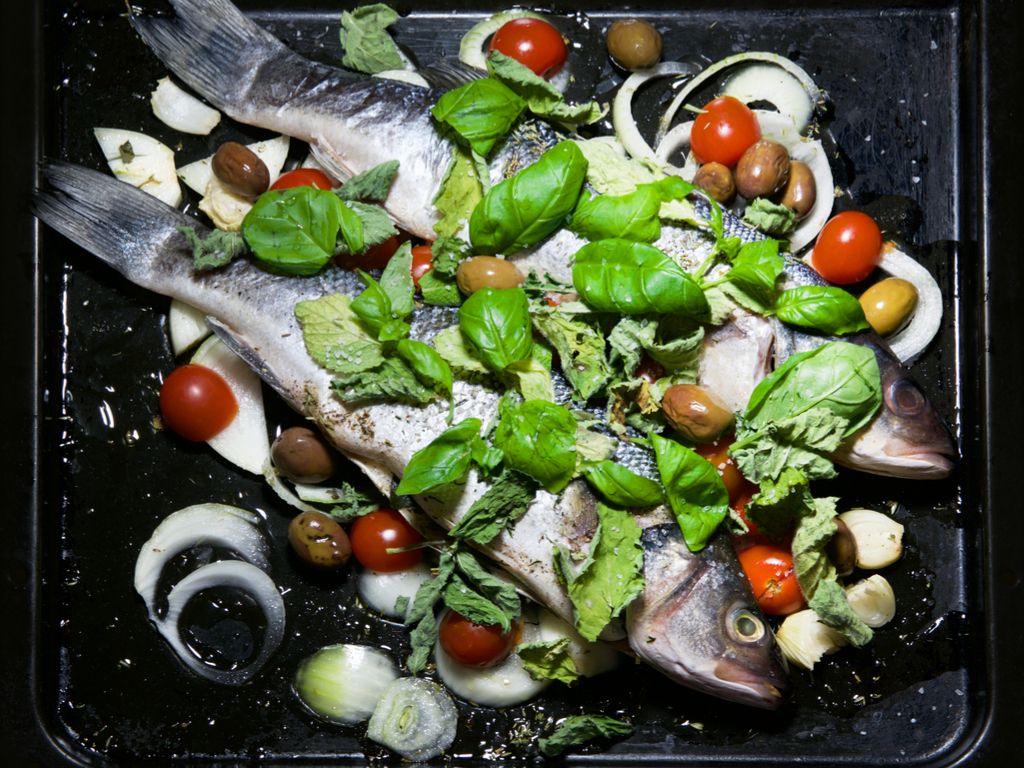
Traditional Maltese food will tend to include typical Mediterranean ingredients. Expect plenty of olives, capers, sun-dried tomatoes, garlic, sheep or goat’s cheese (gbejniet), ricotta and plenty of olive oil. A Maltese platter with these ingredients would also include bigilla, a bean paste with plenty of garlic and sprinkled with parsley and chili; and water biscuits (galletti) to dip. Let us not forget the cured Maltese sausage, which can also be eaten raw! Canned tuna is also added to many recipes.
Actually, Maltese cuisine is a quirky version of the true Mediterranean cuisine, combining flavours from Europe and North Africa. A particular characteristic of Maltese recipes is that they vary from family to family. You will find many variations of the same traditional dish according to personal taste, demonstrating the Maltese creativity when it comes to cooking. Yet, all will agree on what constitutes traditional Maltese food.
Traditional Maltese food

Among the seafood, Malta loves its octopus stew or fried octopus in garlic (qarnita) and deep-fried breaded calamari. That’s not to mention the wide variety of Mediterranean fish; the mahi-mahi (lampuka) is a Maltese favourite that’s equally loved grilled, in soup or in a pie. Fish is typically served with a kapunata, a side dish made with fried peppers, aubergine and courgette in a rich tomato sauce, fries and a caper-based tartar sauce.
Malta’s own version of pizza is the ‘Gozo ftira‘. It traditionally comes with the aforementioned Mediterranean ingredients on a bread base covered with thinly sliced potatoes and onions. Italian pizza and pasta dishes are also an intrinsic part of the Maltese diet. Local pasta and rice dishes tend to be baked, such as mqarrun and ross il-forn, both made with Bolognese sauce. The curious timpana is a baked pasta pie of sorts; adding the pastry is a practice that started to help fill stomachs when there were less of the richer ingredients to go around.
In fact, many Maltese dishes were born of just what was available in the widow’s kitchen or the farmer’s harvest. Such as soups like soppa tal-armla (widow’s soup), minestra, kusksu and others. Many of these will include a poached egg and cooked Gozo cheeselets (gbejniet) made from sheep’s milk that beget a rubbery texture. Moreover, expect snails (bebbux), rabbit stew (fenek), stuffed beef rolls (bragioli) and the typical English roast; the Maltese are also rather fond of the English breakfast on occasion. Maltese food also includes a variety of stuffed vegetables, usually involving ricotta, tuna or a Bolognese sauce; try the stuffed courgettes, stuffed tomatoes or stuffed aubergines.
Maltese street food and local sweets
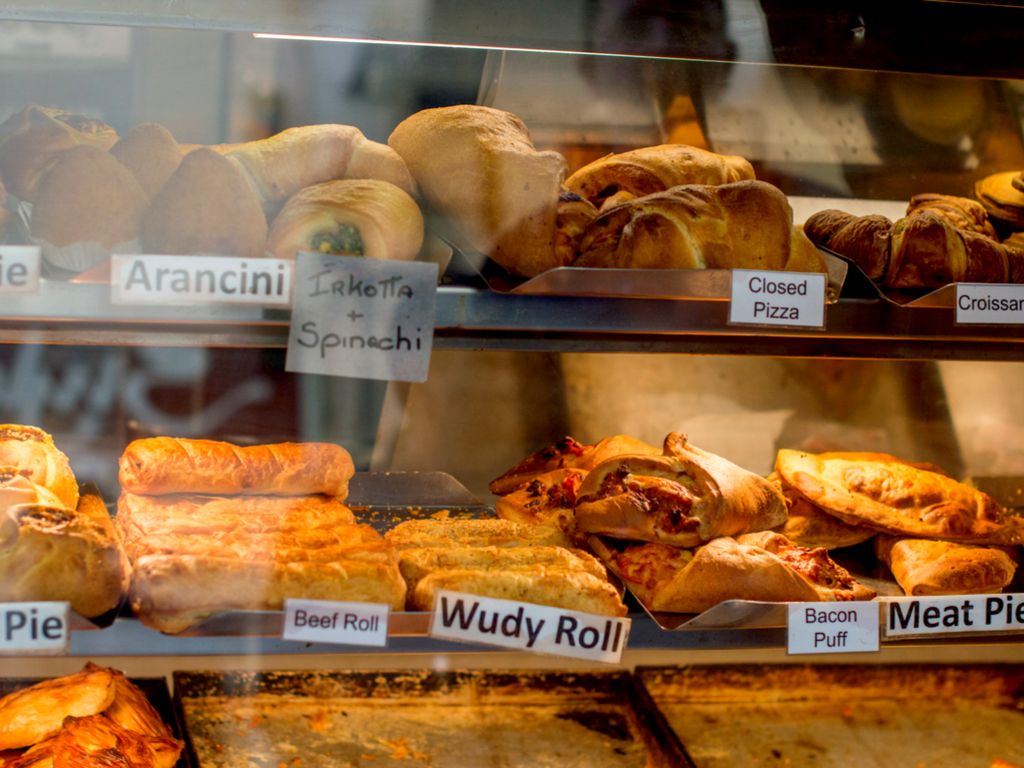
Let us not forget the local street food, the well-loved pastizzi. These flaky puff pastry savouries are traditionally stuffed with ricotta or mushy peas. A local pastizzeria – usually a hole-in-the-wall establishment – will serve many varieties of savouries to eat on the go. Try also the qassatat (mini pies), sausage rolls and the local square pizza portions.
Maltese sweets tend towards an almond base, such as seasonal figolli and sweetened ricotta, as found in kannoli, a tradition probably originating in Sicily. Try also the date cakes (imqaret), qaghaq tal-ghasel (honey rings) and other local sweets.
Food & Drink Culture in Malta
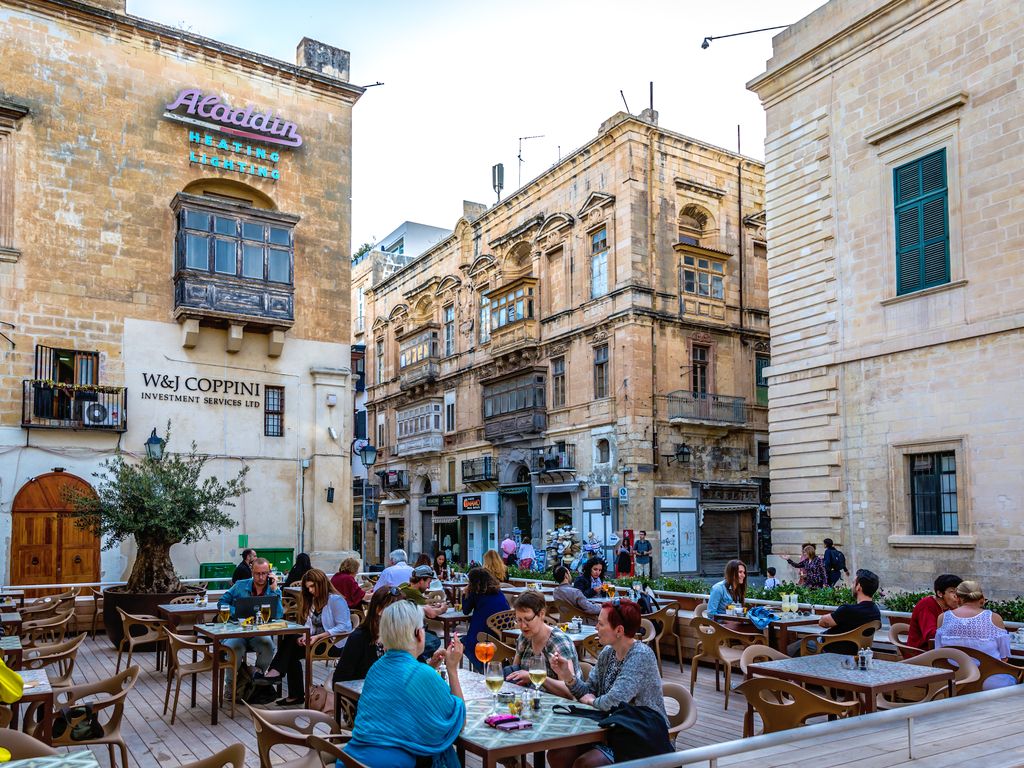
The Maltese love their food and restaurant culture is big. There are hundreds of catering establishments on Malta and Gozo, catering to a largely local clientele as well as tourists. These vary considerably. While there are no official Michelin star restaurants, that same quality of exclusive fine dining can be experienced at romantic restaurants such as the Commando in Mellieha and De Mondion in Mdina. You’ll find a variety of exquisite themed a la carte restaurants and standard Pizza, Pasta & Grill restaurants. And you’ll also find seaside kiosks and boules or waterpolo pitches serving good food with generous helpings at a cheap price. Vegan and vegetarian restaurants in Malta are also on the rise.
Local restaurant culture tends towards spending hours at the table tucking into course after course, washed down with plenty of wine and accompanied by lots of chatter and laughter. On the other hand, cafe culture consists of idle time over coffee, cake and a chat or a newspaper. Try also the local wine bars, a widespread concept that takes advantage of old wine cellars or buildings of character and the Maltese love of good wine. Whether cosy indoors in a great ambiance or outside to soak up the sunshine or enjoy a good view, food or drink consumption in Malta is a special occasion every time. Now you know how to break off when you’re out and about enjoying the amazing things to do in Malta.
Restaurants in Malta
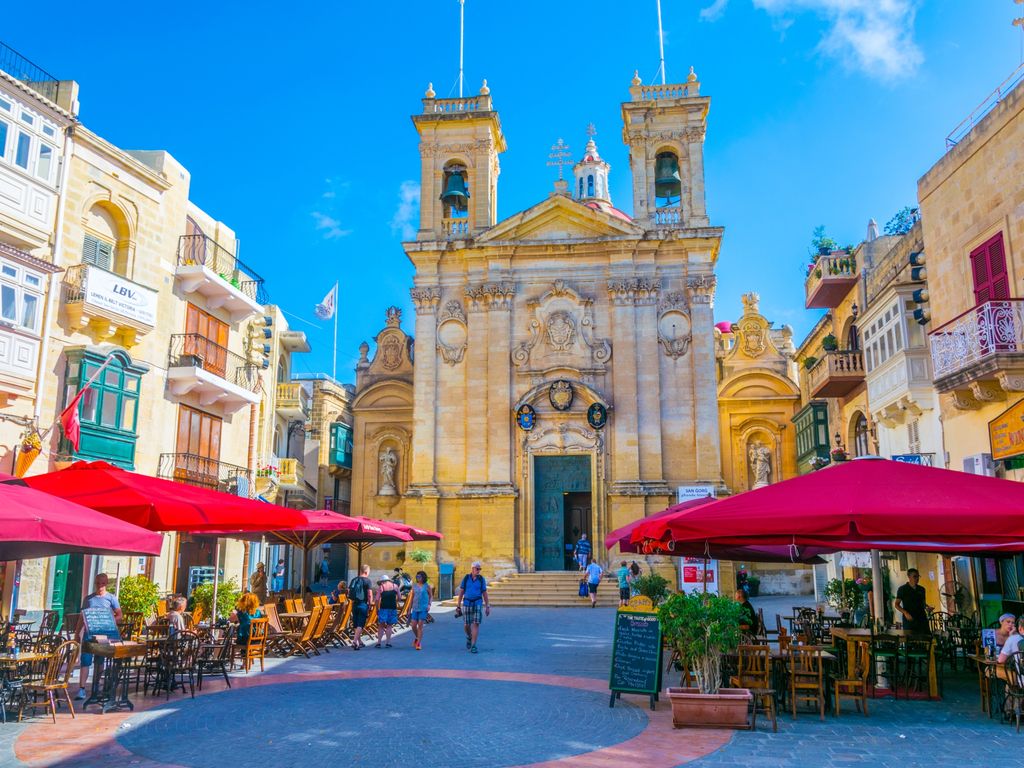
It is certainly worth exploring the variety of restaurants and dining experiences in Malta. Many Valletta restaurants offer al fresco dining within the historic city or overlooking its bastions. Conversely, al fresco dining in Sliema restaurants and St Julians restaurants will overlook the sea and the impressive architecture of the historic city. Marsaxlokk restaurants are famous for the fresh catch of fish directly from the fishermen of the village; this is the place to go for the best fish restaurants in Malta. Rabat and Mdina restaurants capture history and culture within their premises and sometimes offer panoramic views as well as great ambiance and good food. Bugibba and Mellieha, being tourist resorts, also have a fair share of restaurants.
Maltese Restaurants

Mosta is home to Malta’s most famous Maltese restaurant: Ta’ Marija, which includes Maltese folklore dancing and singing as entertainment. The Maltese Summer Folklore Nights at the Limestone Heritage Park and Gardens in Siggiewi are also a fabulous way to immerse yourself in Maltese culture and local flavours. There are other Maltese restaurants restaurants around the island, but number surprisingly few.
World Cuisine Restaurants
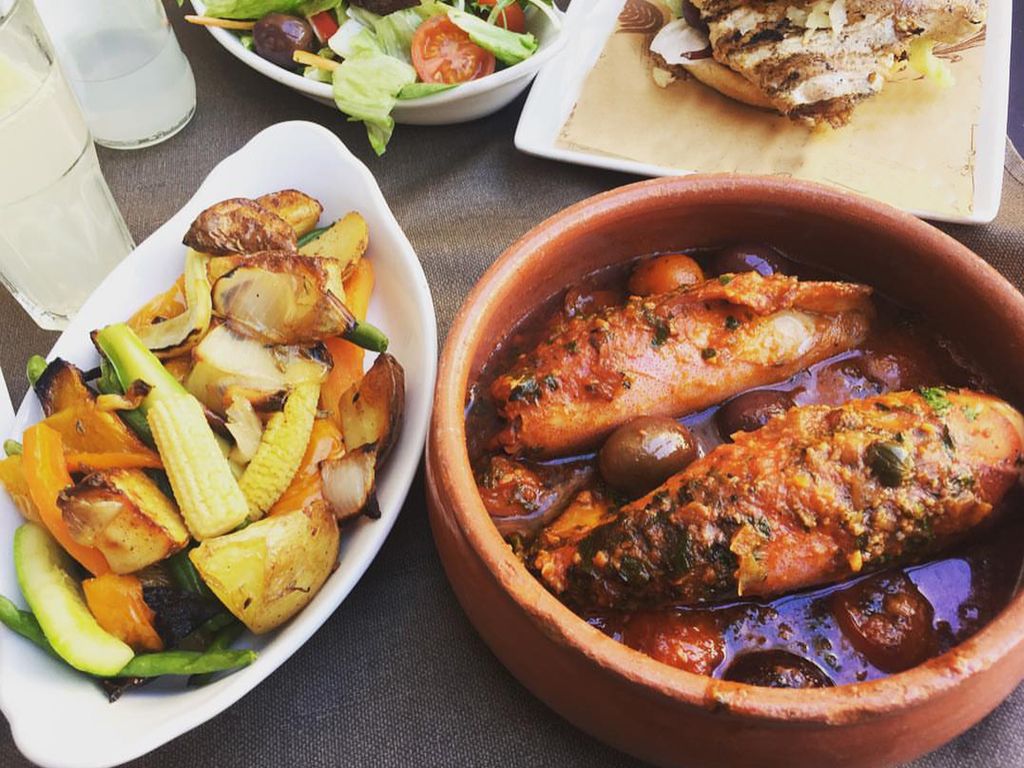
Although the Maltese people love their Maltese cooking at home, they like to taste something different when out in restaurants. You will find Malta restaurants serving all kinds of cuisines from around the world. Mediterranean cuisine, Greek, Italian and Continental restaurants are abundant. You can expect a good choice of typical ethnic cuisines such as Chinese, Indian, Thai and Vietnamese. And you’ll also find also lesser known cuisines such as the African restaurants emerging from the immigrant community.
What To Expect

From fusion restaurants combining Arab and Asian restaurants to the eatery in the square in the heart of a local village, you are safe to expect good quality, abundant servings (the Maltese eat a lot!) and generally good value for money. You can mostly expect excellent service, good food and a varied wine list; there are a number of well-established wine makers in Malta as well as a great choice of imported wines from around the world.
Where & When To Go
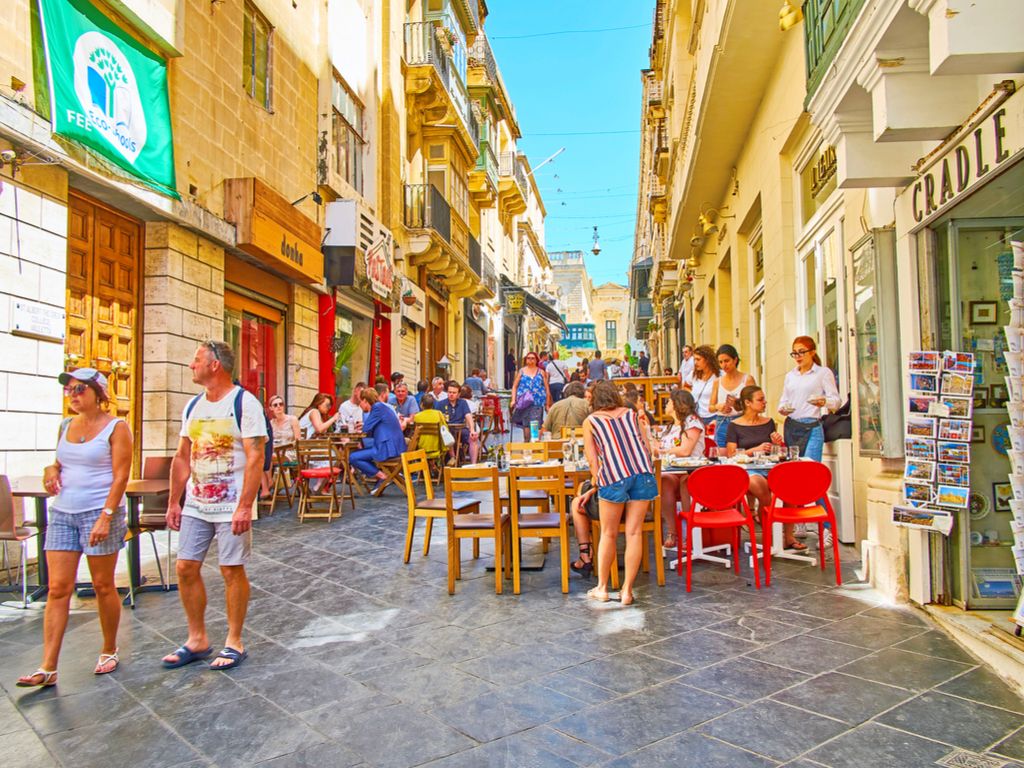
Most restaurants open for dinner but many only do Sunday lunch, serving the many locals who eat out a weekly Sunday family lunch; do check in advance if you have your heart set on a particular restaurant for lunch. With so much choice for where to eat, it may get overwhelming, we know. Get recommendations from the locals who can point you to the best restaurants in Malta, depending on your preferences.
